The Rukam fruit (Flacourtia rukam), also known as Indian plum or Governor’s plum, is a small, dark purple fruit native to Southeast Asia and parts of the Indian subcontinent. Known for its sweet-tart flavor, this fruit holds traditional medicinal, culinary, and cultural significance in various countries. In this comprehensive article, we’ll explore which country is the largest producer of Rukam fruit in the world, and its uses, benefits, and economic impact.
What is Rukam Fruit?
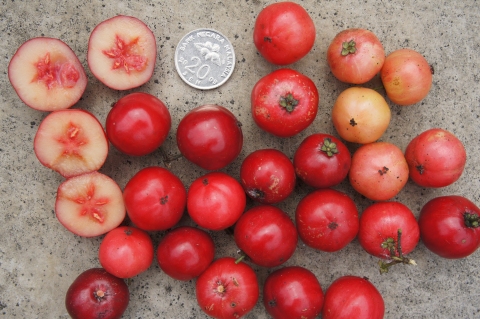
Rukam is a tropical, thorny shrub or small tree that produces round, plum-like fruits. These berries start off green and ripen to a deep purple or black hue. The fruit is slightly acidic when unripe but becomes pleasantly sweet with a tangy aftertaste upon full ripening.
Scientific Name: Flacourtia rukam
Common Names: Indian plum, Governor’s plum, Rukam, Rukun, Pama, Paniala
Historical and Cultural Importance
For centuries, Rukam has been cherished for its versatility in food and folk medicine. Traditional uses include treating sore throats, stomach ailments, and infections. In Southeast Asia, especially Indonesia and Malaysia, the fruit is consumed fresh, pickled, or made into jams and jellies.
The trees are commonly found in home gardens, village peripheries, and orchards, providing food security and medicinal resources for rural communities.
The Largest Rukam Producer in the World: Indonesia
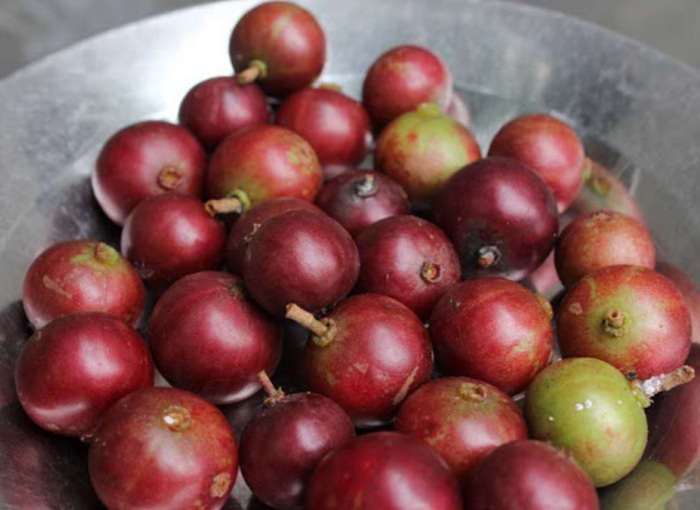
Indonesia holds the title as the largest Rukam fruit producer globally.
Why Indonesia Leads Rukam Production
1. Ideal Growing Conditions:
Indonesia’s tropical climate, with abundant rainfall and fertile volcanic soil, creates perfect conditions for cultivating Rukam trees.
2. Traditional Cultivation:
Rukam has been grown for generations in Indonesian villages and home gardens, often alongside other tropical fruits.
3. Culinary Popularity:
In Indonesia, Rukam is a beloved ingredient in pickles, preserves, and local delicacies.
4. Medicinal Value:
Used in Jamu (traditional herbal medicine), Rukam is valued for its antipyretic and antimicrobial properties.
Other Major Rukam Producing Countries
Although Indonesia leads production, several other nations cultivate Rukam fruit on a smaller scale:
- Malaysia
- India
- Thailand
- Sri Lanka
- Philippines
- Vietnam
These countries grow Rukam in home orchards, village farms, and tropical woodlands, mostly for local consumption.
Nutritional and Health Benefits
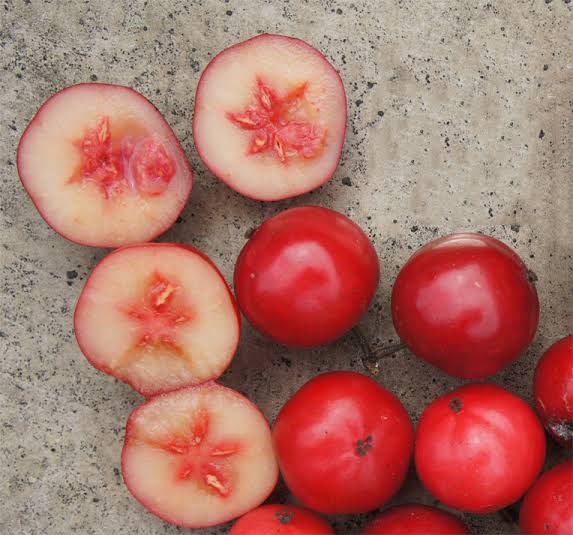
Rukam fruit is rich in:
- Vitamin C: Strengthens immunity and combats oxidative stress.
- Iron: Supports healthy blood circulation.
- Fiber: Aids digestion and gut health.
- Antioxidants: Protect cells from damage.
Traditional medicinal uses include:
- Treating fevers and colds.
- Relieving sore throats and mouth ulcers.
- Aiding digestion and appetite.
- Healing skin infections.
Culinary Uses
- Fresh Consumption: Eaten raw, especially when fully ripe.
- Pickles and Preserves: Popular in Indonesia and India.
- Jams and Jellies: Made from the pulp.
- Desserts and Drinks: Infused into syrups and local beverages.
Economic Importance in Indonesia
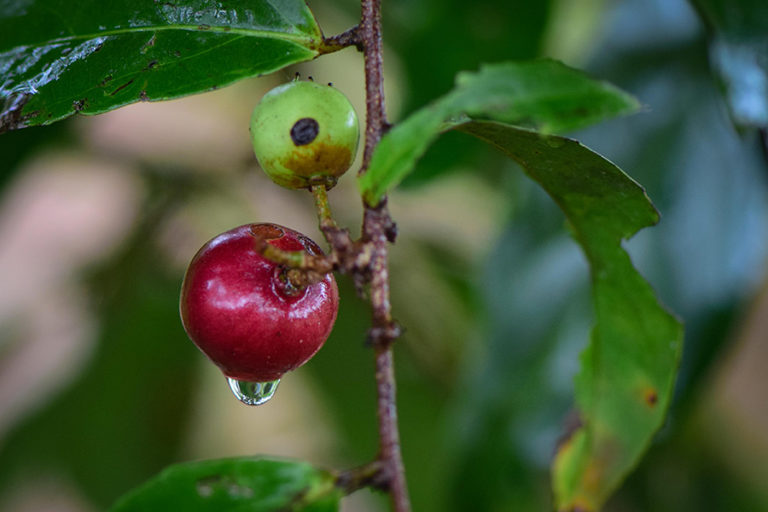
Rukam contributes to Indonesia’s rural economy in various ways:
- Small-Scale Farming: Grown in home gardens and mixed orchards.
- Local Markets: Sold in traditional markets as fresh fruit and pickles.
- Jamu Industry: Incorporated into herbal concoctions and supplements.
- Seasonal Employment: Harvesting and processing create jobs in villages.
While Rukam has limited global commercial presence, it remains integral to Indonesia’s domestic fruit market and folk medicine culture.
Challenges in Rukam Production
- Perishable Nature: Short shelf life requires immediate consumption or preservation.
- Limited Commercial Farming: Primarily grown for household and local market use.
- Seasonal Harvest: Typically available during specific months in the tropical calendar.
- Transport Constraints: Delicate fruit makes long-distance trade difficult.
Future Potential and Industry Trends
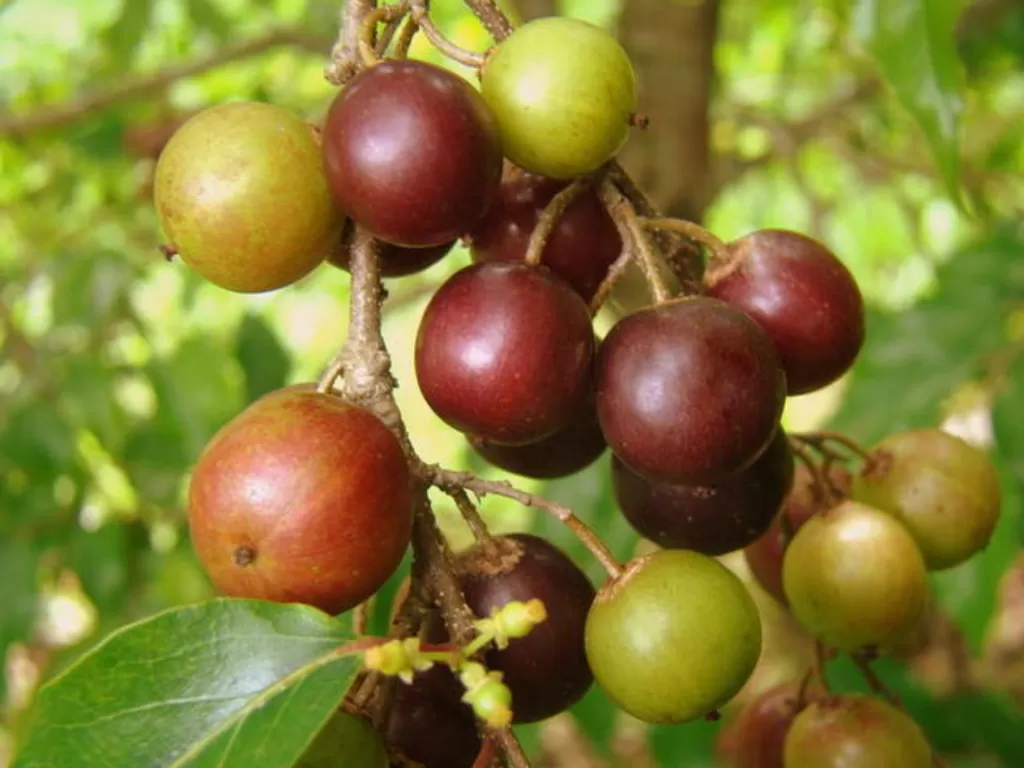
As global interest in indigenous fruits and natural remedies increases, Rukam fruit has promising prospects:
- Value-Added Products: Rukam syrups, jams, and herbal extracts.
- Export Niche Markets: Diaspora communities and wellness food stores.
- Nutraceutical Use: Supplements and herbal remedies for international markets.
- Agro-Tourism Opportunities: Fruit-picking tours and traditional food festivals.
Conservation and Sustainable Practices
To safeguard Rukam cultivation:
- Community Nurseries: Propagating heirloom and improved Rukam varieties.
- Agroforestry Integration: Combining Rukam with other tropical trees.
- Organic Farming Methods: Promoting chemical-free cultivation.
- Farmer Training Workshops: Educating growers on improved practices.
Conclusion
Indonesia’s leadership in Rukam fruit production is a testament to its rich agricultural biodiversity, favorable tropical climate, and cultural reverence for traditional fruits. The fruit remains a cherished culinary and medicinal staple in Indonesian homes and markets.
While other countries like Malaysia, India, and Thailand maintain modest Rukam cultivation, none surpass Indonesia’s scale or cultural dependency on the fruit. As global awareness of natural, indigenous superfruits grows, Rukam’s potential in nutraceutical, culinary, and agro-tourism sectors is bright.
In preserving Rukam’s legacy, Indonesia champions both biodiversity conservation and rural livelihood sustenance, ensuring this ancient fruit’s future in a modern, health-conscious world.





Leave A Comment